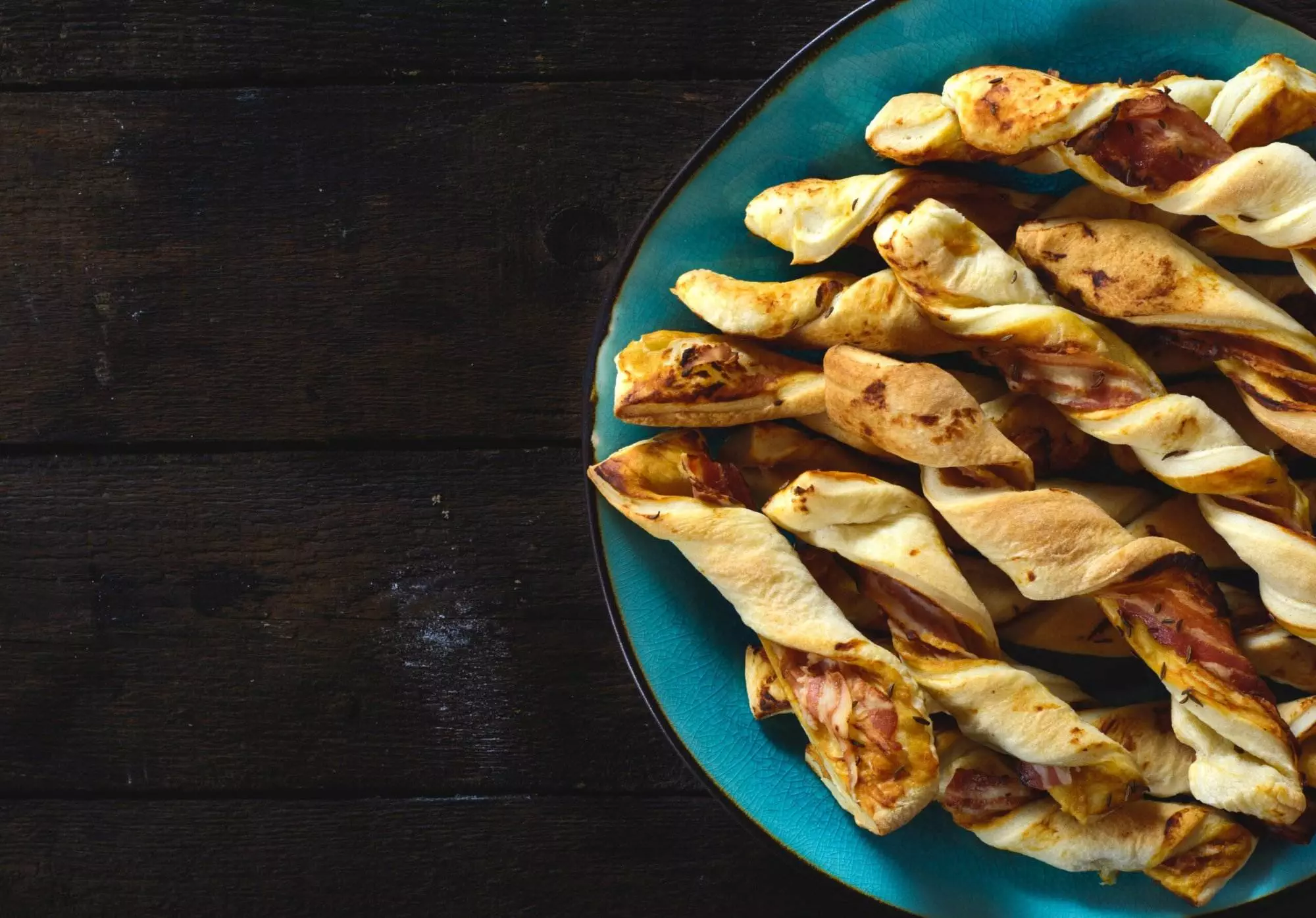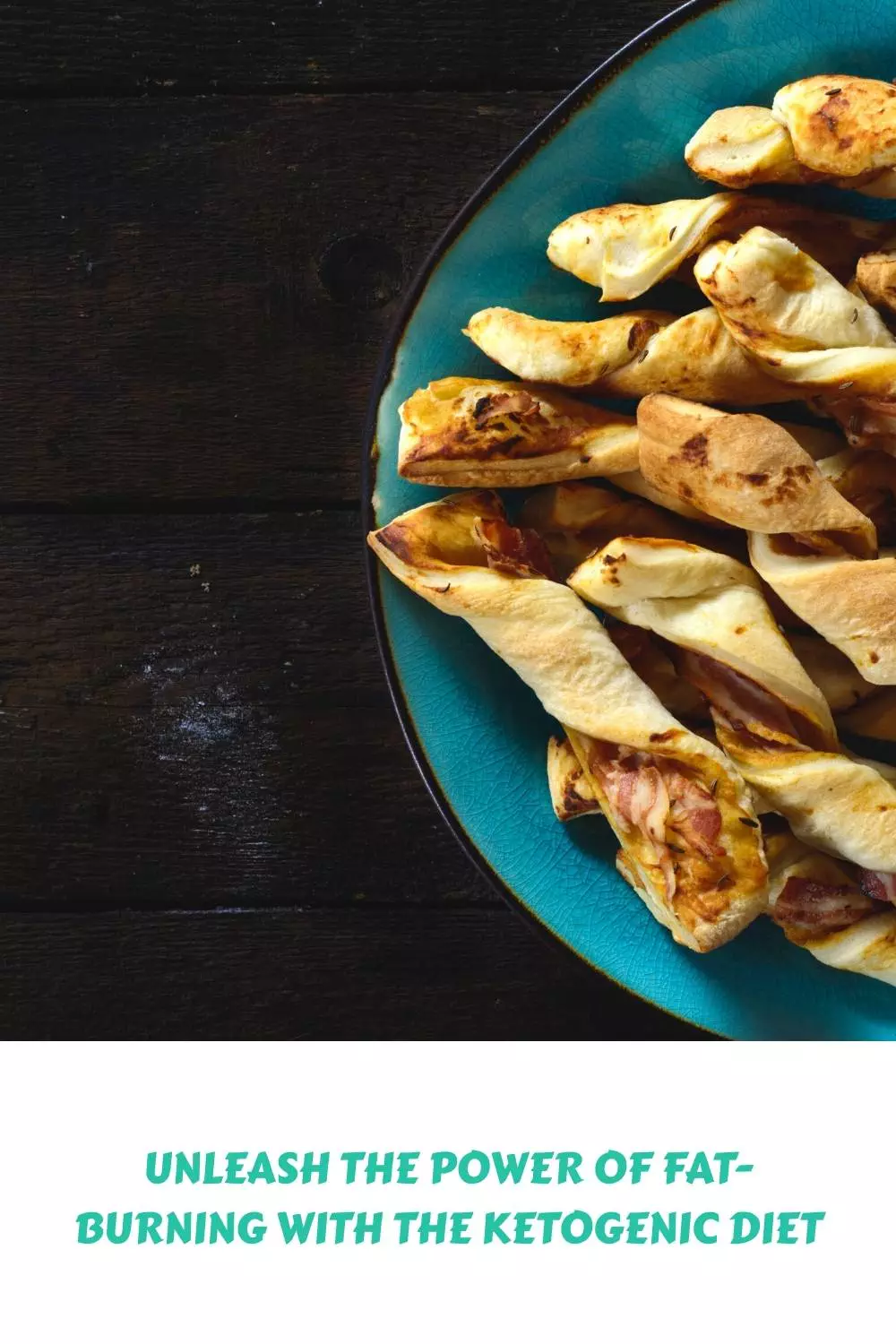
Unleash the Power of Fat-Burning With the Ketogenic Diet
The keto diet is a low-carb, high-fat diet that has been gaining popularity in recent years. It’s based on the idea that by restricting carbohydrates and increasing fat intake, your body will enter into a state called ketosis, where it burns fat for energy instead of glucose. This can lead to weight loss, improved health markers, and increased energy levels. In this article, we’ll explore everything you need to know about the ketogenic diet, including its benefits, how to start it, common mistakes to avoid, and delicious recipes to help you succeed.
Introduction to the Ketogenic Diet
The ketogenic diet was originally developed as a treatment for epilepsy in children who didn’t respond well to medication. However, it has since become a popular choice for people looking to lose weight or improve their overall health. The basic principles of the keto diet are simple: limit carbs to less than 50 grams per day (usually around 20-30g), increase fat intake to around 70% of calories, and moderate protein consumption. By doing so, your body enters into a metabolic state known as ketosis, which allows it to burn stored body fat for fuel.
Benefits of a Keto Lifestyle
There are many potential benefits to following a ketogenic lifestyle. Here are just a few:
Weight loss: The keto diet has been shown to be highly effective at promoting weight loss, especially when compared to other low-calorie diets. This may be due to the fact that it helps reduce appetite and cravings while also boosting metabolism.
Improved blood sugar control: Because the keto diet limits carbs, it can be an excellent option for those with type 2 diabetes or prediabetes. Studies have shown that it can help lower HbA1c levels and improve insulin sensitivity.
Reduced inflammation: Following a ketogenic diet has been linked to reduced inflammation throughout the body, which can help prevent chronic diseases such as heart disease, cancer, and Alzheimer’s.
Better brain function: Some studies suggest that the keto diet could enhance cognitive performance and protect against neurodegenerative disorders like Parkinson’s and Alzheimer’s.
How to Start a Ketogenic Diet
Starting a ketogenic diet can seem daunting, but it doesn’t have to be difficult. Here are some tips to get started:
Gradually decrease your carb intake: If you’re used to eating a lot of carbs, reducing them suddenly can cause unpleasant side effects like headaches and lethargy. Instead, try gradually decreasing your carb intake over several weeks until you reach your target level.
Increase your fat intake: To make up for the lack of carbs, you’ll need to increase your fat intake significantly. Good sources of healthy fats include avocado, nuts, seeds, olive oil, coconut oil, and animal fats like bacon and chicken skin.
Track your macronutrients: Using a food tracking app or website can help you keep track of your macronutrient ratios (carbs, fat, and protein) to ensure you’re staying within your targets.
Common Mistakes on a Keto Diet and How to Avoid Them
Even though the keto diet is generally safe and effective, there are some common mistakes that can derail your progress. Here are three common ones and how to avoid them:
Eating too much protein: While protein is important, consuming too much can kick you out of ketosis. Try to aim for around 20-30% of calories from protein.
Not getting enough fiber: Since most carbs come from plant-based sources, it can be challenging to meet your daily fiber needs on a keto diet. Make sure to eat plenty of non-starchy vegetables and consider adding a fiber supplement if needed.
Overconsumption of processed foods: Just because something is “keto” doesn’t mean it’s healthy. Stick to whole, minimally processed foods whenever possible to maximize nutrient density and minimize the risk of negative side effects.
Delicious Recipes for a Successful Keto Journey
Here are five tasty and easy keto recipes to help you stick to your goals:
1. Keto Tuna Salad
Ingredients:
1 can of tuna
1/4 cup diced celery
1/4 cup diced onion
2 tablespoons mayo
1 tablespoon mustard
Salt and pepper to taste
Directions:
Mix all ingredients together and serve on lettuce leaves or with crackers.
2. Chicken Caesar Salad
Ingredients:
8 oz cooked chicken breast
1 head Romaine lettuce
1/4 cup croutons
1/4 cup Parmesan cheese
1/4 cup Caesar dressing
Directions:
Cut the lettuce into bite-size pieces and place in a bowl. Top with chicken, croutons, and Parmesan cheese. Drizzle with Caesar dressing.
3. Bacon Wrapped Asparagus
Ingredients:
1 lb asparagus spears
8 slices bacon
Salt and pepper to taste
Directions:
Preheat oven to 400°F. Cut the asparagus into bite-size pieces and wrap each piece with two slices of bacon. Place on a baking sheet and sprinkle with salt and pepper. Bake for 20 minutes or until bacon is crispy.

4. Cheeseburger Soup
Ingredients:
1 lb ground beef
1 onion
2 cloves garlic
1 can tomato soup
1 can water
1 cup heavy cream
1 cup shredded cheddar cheese
Salt and pepper to taste
Directions:
Cook the ground beef, onion, and garlic in a large pot until browned. Add the tomato soup, water, heavy cream, and cheddar cheese. Simmer for 20 minutes or until cheese is melted and soup is heated through.
5. Low Carb Pizza
Ingredients:
1 cauliflower crust
1 jar pizza sauce
1 cup shredded mozzarella cheese
1/2 cup pepperoni slices
1/2 cup chopped bell peppers
1/2 cup chopped onions
Directions:
Preheat oven to 425°F. Cook the cauliflower crust according to package instructions. Spread the pizza sauce over the crust, followed by the cheese, pepperoni, bell peppers, and onions. Bake for 12-15 minutes or until cheese is melted and bubbly.

